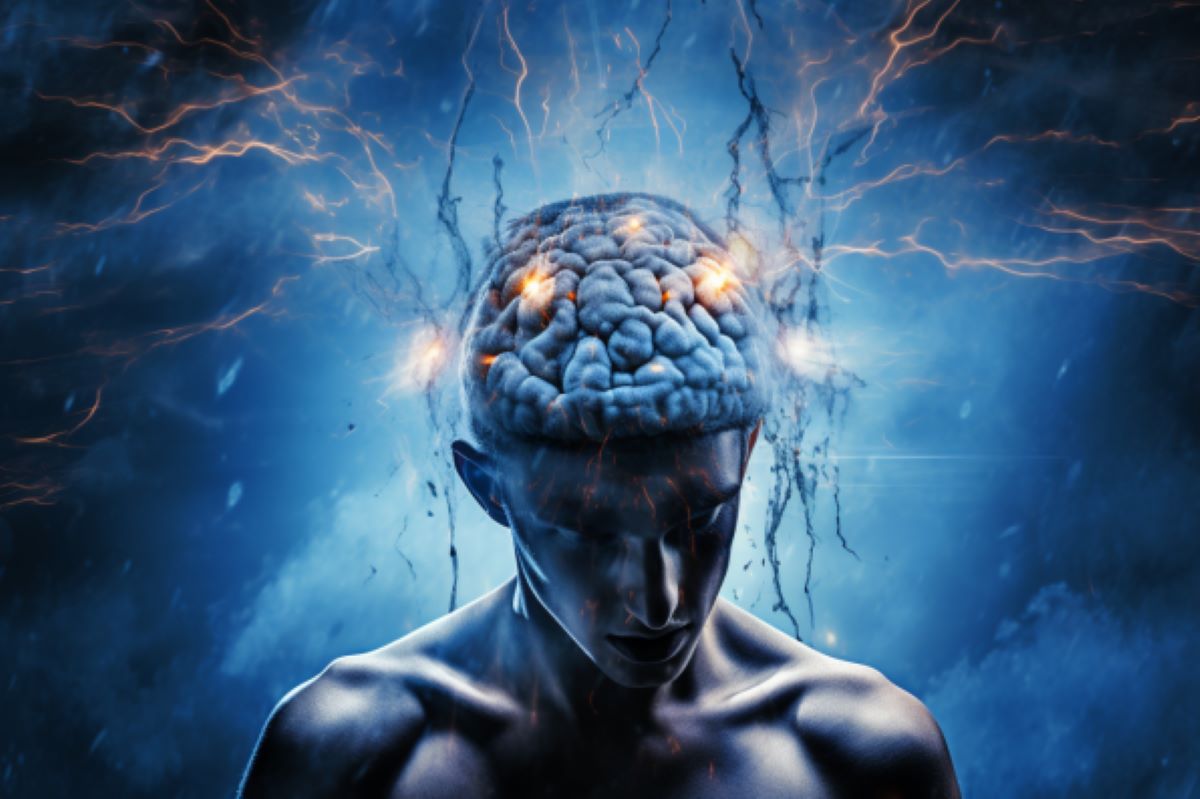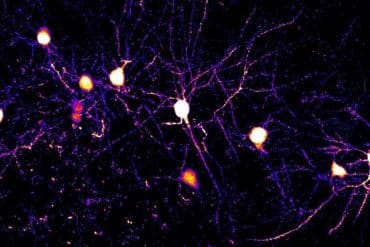Summary: Posttraumatic stress disorder (PTSD) affects 2% to 10% of trauma survivors, manifesting as intense anxiety from emotional disbalance. Researchers employed brain scans on 104 trauma survivors to determine which ones were more susceptible to PTSD.
The finding emphasize that activation in the right inferior frontal gyrus indicates better PTSD recovery potential. Recognizing these brain patterns could spearhead effective early interventions.
Key Facts:
- Researchers used brain scans to understand why only a subset of trauma survivors develop PTSD.
- Greater activation in the right inferior frontal gyrus, linked to emotional regulation, predicts better PTSD symptom recovery.
- Identifying these brain circuits aids in understanding PTSD’s evolution and can guide early treatments.
Source: Elsevier
After a traumatic experience, most people recover without incident, but some people – between 2% and 10%– develop posttraumatic stress disorder (PTSD), a mental health condition that can cause debilitating symptoms of anxiety due to emotional dysregulation.
PTSD symptoms are present in up to 40% of trauma survivors in the acute aftermath of trauma, but full-blown PTSD develops in only a small subset of cases. Early identification of those at risk is critical for both early treatment and possible prevention.
A new study led by Israel Liberzon, MD, at Texas A&M University, aimed to do just that. The study appears in Biological Psychiatry: Cognitive Neuroscience and Neuroimaging, published by Elsevier.
Researchers have long understood that PTSD involves altered brain processing in areas associated with emotion processing and modulation, including the amygdala, insula, and prefrontal cortex. But, it has remained unclear when the PTSD-associated differences arise.
In this work, the researchers collected brain scans from 104 survivors of trauma – usually a car accident – at 1, 6, and 14 months after the accident. By looking at brain activity so soon after the trauma, the researchers hoped to identify predictors of who would be more at risk or resilient to developing chronic PTSD.
Dr. Liberzon said of the findings, “In this largest-to-date, prospective study of early post-trauma survivors, greater activation in right inferior frontal gyrus, a region linked to cognitive control and emotional reappraisal, predicts better recovery from early PTSD symptoms. These findings highlight the key roles of cortical/cognitive regions in regulation of fear and in PTSD development.”
Importantly, the researchers saw changes in the patients’ brain activity change over time, reflecting an ongoing, perhaps pathological process.
Cameron Carter, MD, Editor of Biological Psychiatry: Cognitive Neuroscience and Neuroimaging, said of the study, “These findings highlight the key role that the prefrontal cortex may play in conferring resilience to the harmful effects of trauma, through its function representing contextual information and regulating emotional responses.”
Dr. Liberzon added, “Understanding brain circuits linked to the progression of PTSD from an acute to a chronic condition is critical for understanding its pathophysiology, and eventually for the development of mechanism-informed treatment. The results might also help clinicians to start identifying and treating early trauma survivors at greater risk of developing chronic PTSD a year after the traumatic event.”
About this PTSD research news
Author: Eileen Leahy
Source: Elsevier
Contact: Eileen Leahy – Elsevier
Image: The image is credited to Neuroscience News
Original Research: Open access.
“Greater Early Post-Trauma Activation in Right Inferior Frontal Gyrus Predicts Recovery from Posttraumatic Stress Disorder Symptoms” by Israel Liberzon et al. Biological Psychiatry: Cognitive Neuroscience and Neuroimaging
Abstract
Greater Early Post-Trauma Activation in Right Inferior Frontal Gyrus Predicts Recovery from Posttraumatic Stress Disorder Symptoms
BACKGROUND
Posttraumatic Stress Disorder (PTSD) has been associated with altered emotion processing and modulation in specific brain regions, i.e. amygdala, insula, medial prefrontal and anterior cingulate cortices. Functional alterations in these regions, recorded shortly after trauma exposure, may predict changes in PTSD symptoms.
METHODS
Survivors (N=104) of a traumatic event, predominantly a motor vehicle accident, were included. Functional magnetic resonance imaging was used to assess brain activation one, six and 14 months after trauma exposure (T1, T2 and T3, respectively). Participants performed the Shifted Attention Emotional Appraisal Task (SEAT), which probes three affective processes: Implicit emotional processing (of emotional faces), emotion modulation by attention shifting (away from these faces), and emotion modulation by appraisal (of the participants’ own emotional response to these faces). We defined regions-of-interest (ROIs) based on task-related activations, extracted beta-weights from these ROIs and submitted them to series of analyses to examine relationships between neural activation and PTSD severity over the three timepoints.
RESULTS
At T1, a regression model containing activations in left dorsolateral prefrontal cortex, bilateral inferior frontal gyrus (IFG) and medial prefrontal cortex during emotion modulation by appraisal significantly predicted change in PTSD symptoms. Specifically, greater right IFG activation at T1 was associated with greater reduction in symptom severity (T1-T3). Exploratory analysis also found that activation of right IFG increased from T1 to T3.
CONCLUSIONS
The results suggest that greater early activation during emotion appraisal in the right IFG, a region previously linked to cognitive control in PTSD, predicts recovery from post-trauma PTSD symptoms.








